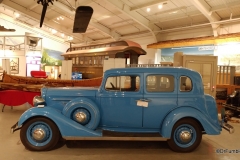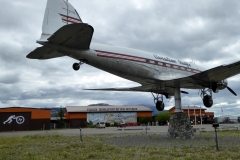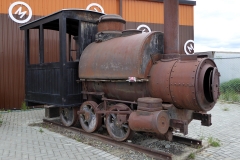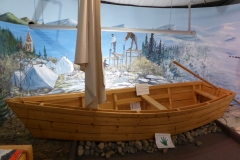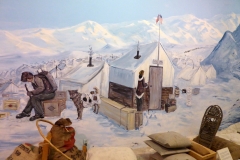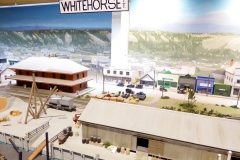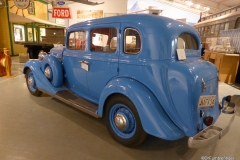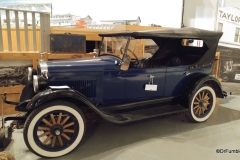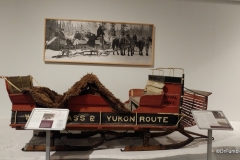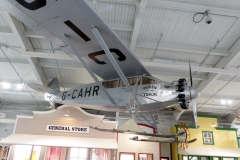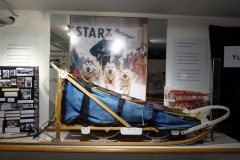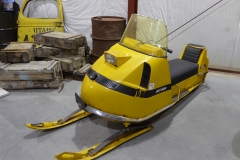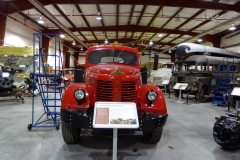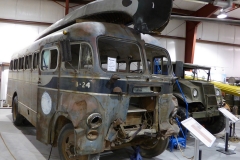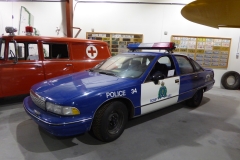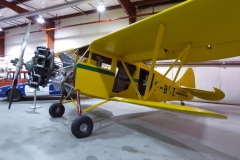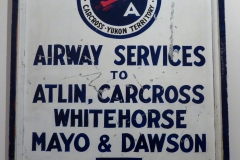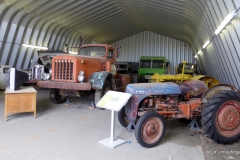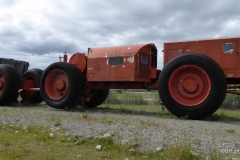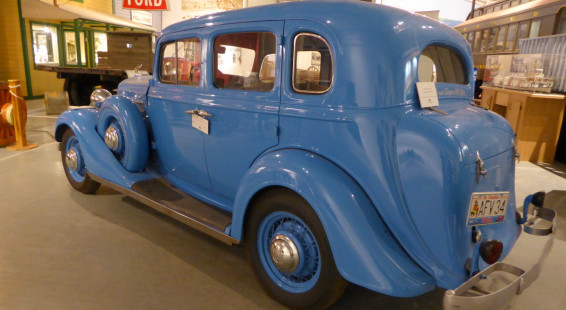
I enjoy transportation and car museums, so it’s no surprise that I thought this was one of the most interesting places to visit in Whitehorse. The museum is mostly housed in a large building with several wings, but also spreads onto the surrounding grounds. The Yukon is large territory, but is sparsely populated. The museum focuses on those things that made the Yukon Territory what it is today, so there is a heavy emphasis of large machinery, trucks and airplanes — the type of equipment needed to get around in and develop a wild and frozen land. But the collection goes beyond that.

Diorama of the Chilkoot Pass, Yukon Transporation Museum
The Museum tells some of the stories of the Yukon’s development, especially of the very important Klondike Gold Rush. This include dioramas of the daunting challenge the propsectors faced as they had to climb the Chilkoot pass in the dead of winter. Another focuses on life atop the Chilkoot Pass, where people had to present a ton of supplies before the Mounties would let them enter Canada, and further on their journey, a diorama of building their boats and rafts at Lake Bennet in preparation for a dangerous trip down the Yukon River. When the ice on the lake broke, thousands of these watercraft headed downstream. It would have been quite a sight!
After the gold rush had ended, a railroad was completed between Skagway and Whitehorse, which pioneered the use of large shipping containers (now seems trains only have large shipping containers). The museum has several rail cars from the White Pass & Yukon Route Railway.
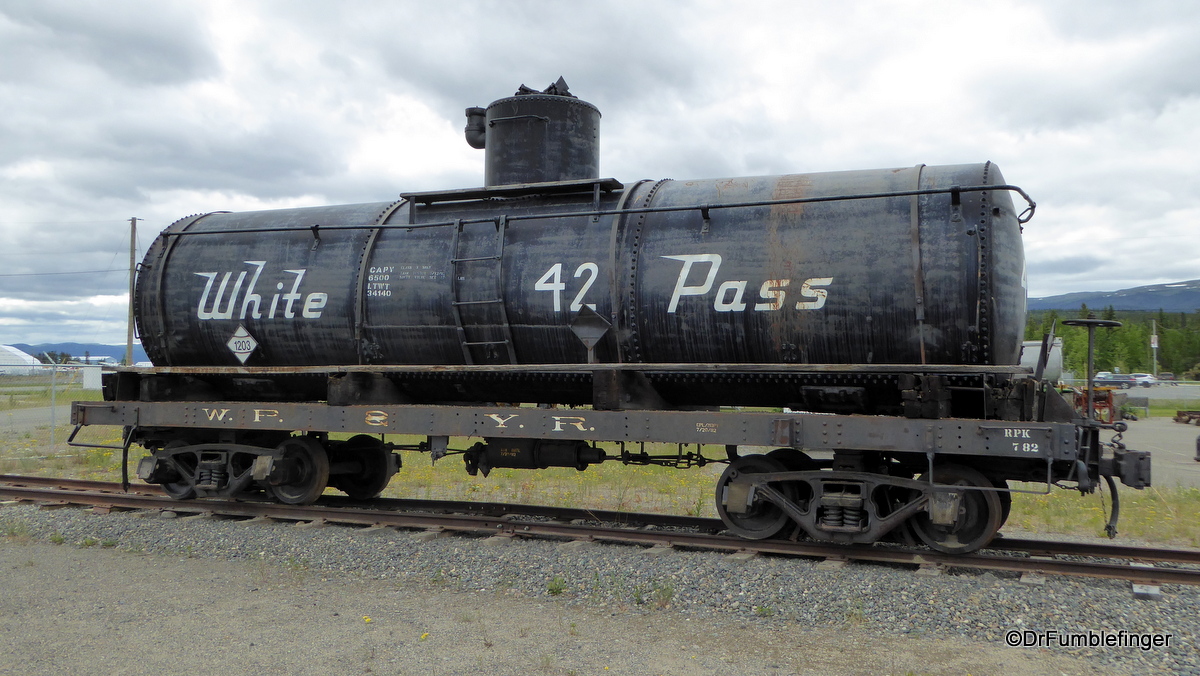
White Pass large storage car, Yukon Transporation Museum
There’s also an old sled that was used in the winter to transport people between Whitehorse and Dawson after the Yukon River had frozen solid and before a rail line had been built between the two communities.
Among the more interesting features in the Yukon Transportation Museum is its focus on early aviation, especially of the early bush pilots as they struggled to open access to the vast frontier.
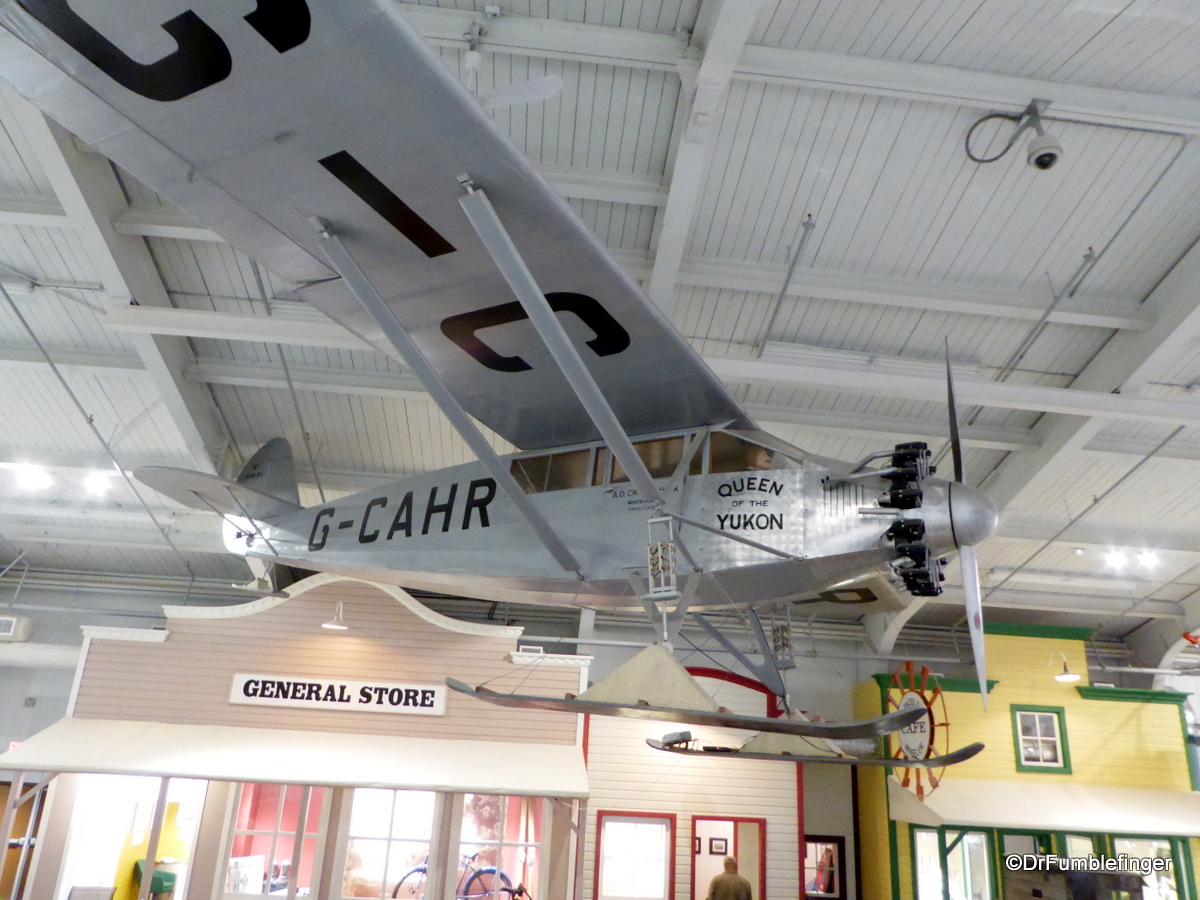
Queen of the Yukon, Yukon Transporation Museum
The Alaska Highway is the lifeblood of the Yukon, and the story of its construction is highlighted here, as is some of the equipment used in making it. The museum houses some of the agriculture equipment that was used in early farms.
Given that winter is the longest season here, transportation in the snow is important. A precursor to the snow-mobile is this Bombardier snow coach. Dog sledding is still practiced here as it is in nearby Alaska.
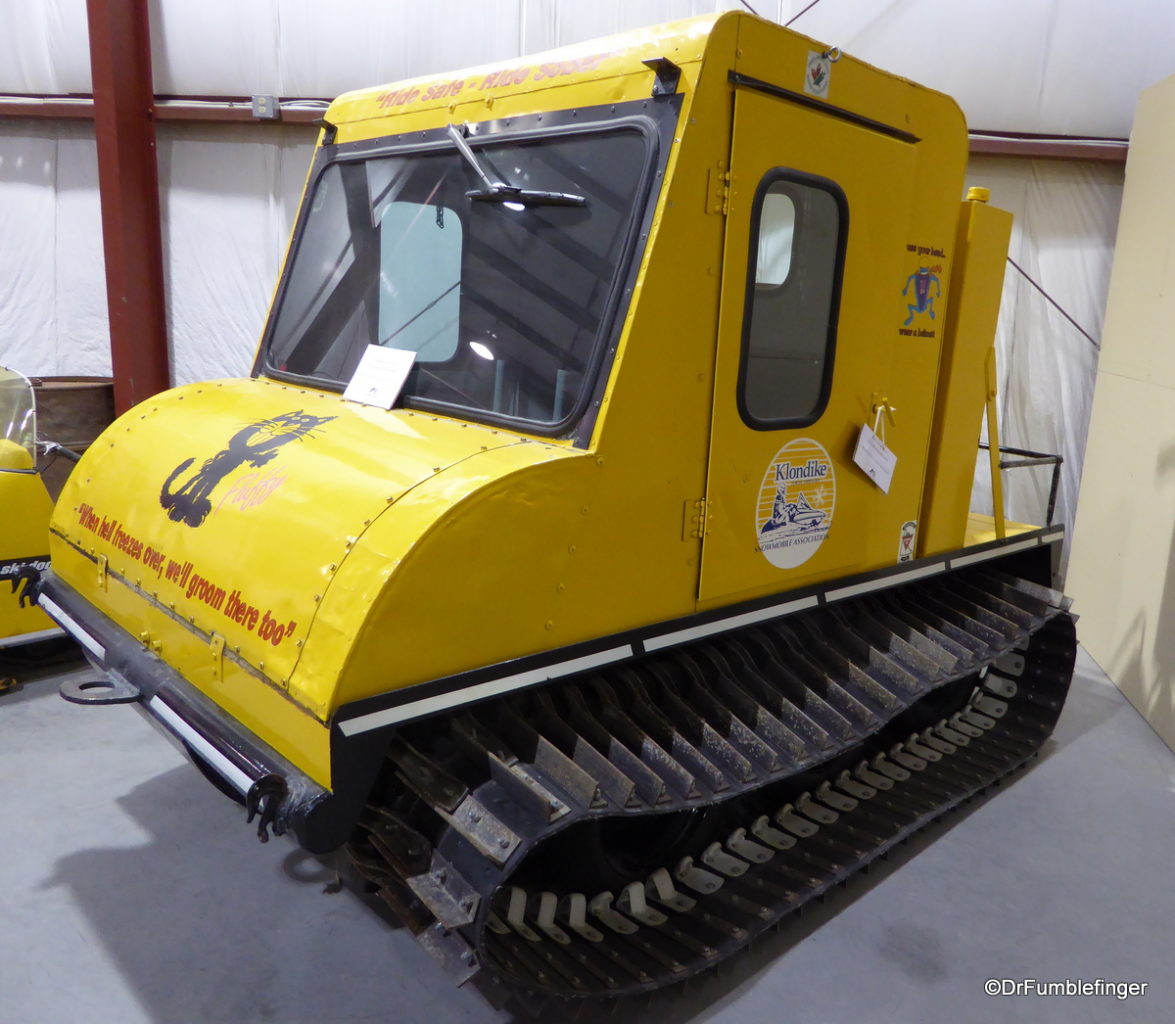
Bombardier Snow Coach, Yukon Transporation Museum. The father of the modern snow-mobile
The Yukon River and its tributaries was for many decades the major transportation route, and large sternwheelers and boats moved up and down the rivers by the dozens. There’s one of these now rare boats at the museum (although it’s rear paddle is absent).
Lastly some of the local vehicles which add a unique quality to the museum, like this Anglican Sunday School Mission bus, one of the city’s first public buses and even a RCMP police cruiser
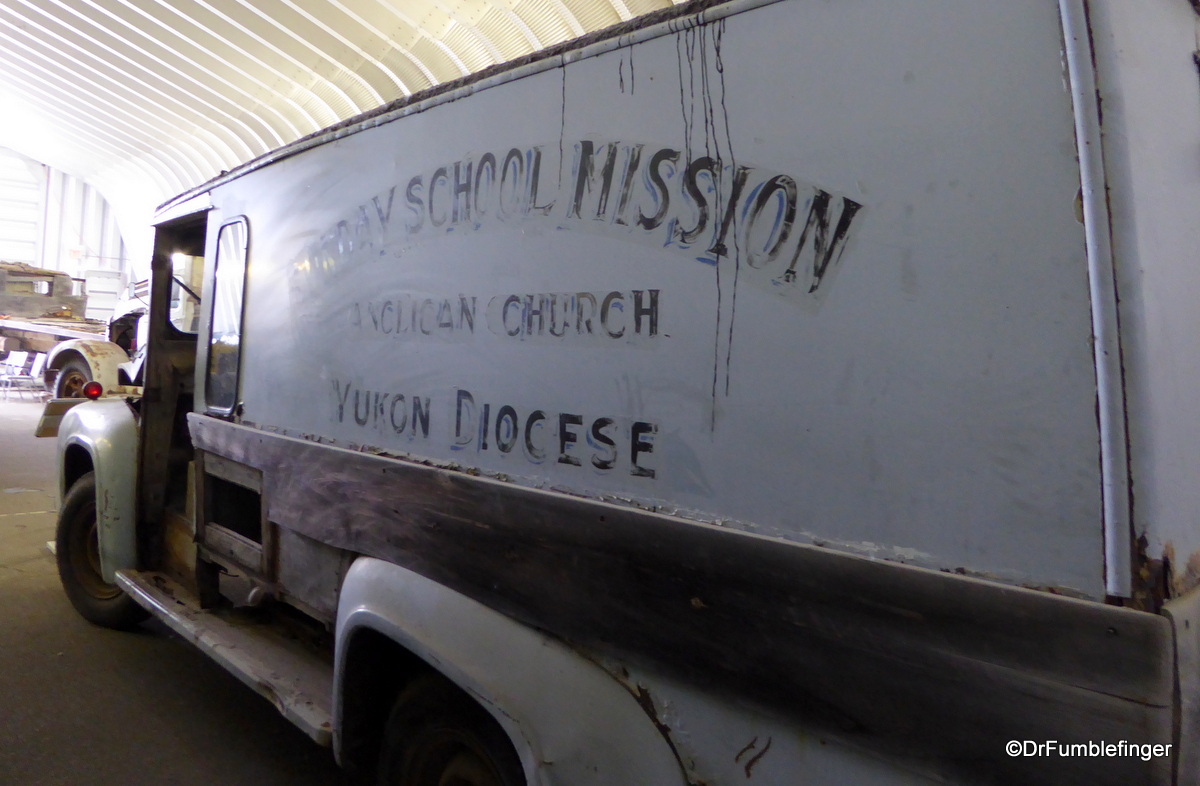
Old Mission Bus, Yukon Transporation Museum
The museum has a small giftshop with some interesting items for purchase, if you’re so inclined.
If you go:
The museum is located between the Whitehorse Airport and the Yukon Berengia Center. Visiting hours are very seasonal:
- September to Mid-May: Sundays and Mondays, 12:00pm to 5:00pm (tours on other days are available by appointment)
- Mid-May to August 31st: Daily, 10:00am to 6:00pm
Admission:
$10 Adults
$8 Seniors (55+)
$20 Family Pass (2 Adults & 2 Children)
To properly view everything, you’d need between 2-4 hours, depending on how much detail you want to learn about the many varied exhibits.
During the summer months (May to August), tours are offered daily at 11:30 a.m., as well as 2 p.m. and 4 p.m. I went on one of those and found the young guide to be enthusiastic and informative.
(Click on thumbnails to enlarge, right arrow to advance slideshow)
